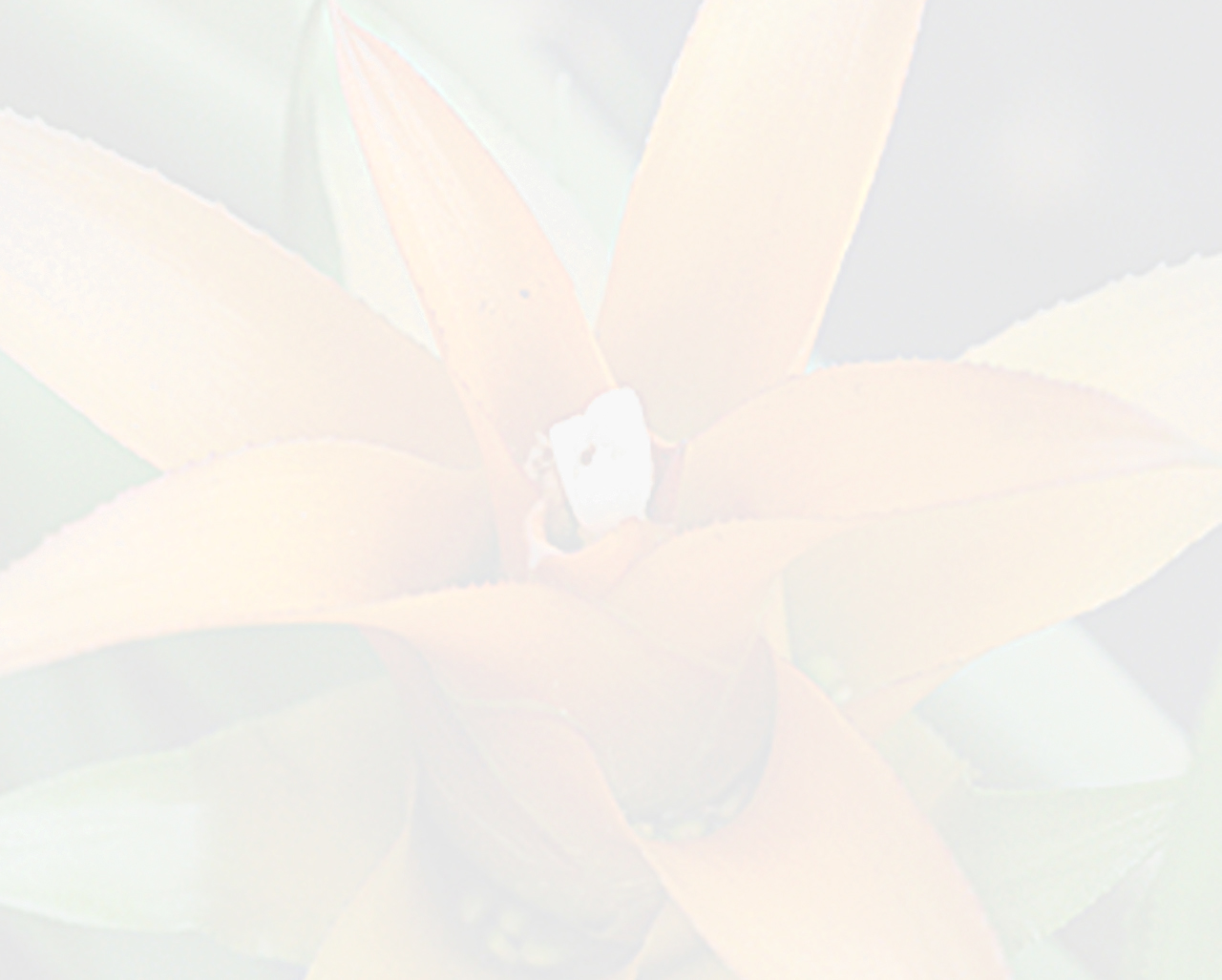Canistropsis burchellii (Baker) Leme
Taxonomic Change:
Literature references:
*move your mouse pointer over the page numbers to see comment
Comments:
- DISCUSSION
In the protologue of C. burchellii, John Gilbert Baker (1834-1920) cited two different specimens, one collected near Cubatao by Burchell (3487) and the other collected near Santos, also Burchell (3323), both deposited in the herbarium of the Royal Botanic Gardens at Kew, England. But he did not specify which one would be the holotype. In 1889, in the monograph "Handbook of the Bromeliaceae", the same author referred only to Burchell's specimen number 3487 and excluded Burchell 3323. This specimen can then be interpreted as Baker's true choice for the type of C. burchellii, and should be considered a lectotype according to art. 9.2 of the Tokyo Code (Greuter et al., 1994). The lectotype of C. burchellii (Burchell 3487) consists of an entire fertile plant with partially preserved stolons and a welldeveloped (ca. 5 cm in diameter) subglobose-capitate inflorescence, totally exceeding the length of the leaf sheaths. Four expanded leaves are also present in the lectotype.
Of the synonyms listed here for C. burchellii, Cryptanthus emergens and Nidularium pubisepalum deserve special mention. Both are based on Mosen 2979 specimens and were published only nine months apart by Lindman and Mez, respectively. The recognition of these two species as synonyms, heeding the orientation of previous work, does not require much examination, not only because the authors furnished complete descriptions, but also because of the detailed sketch that comprises the protologue of C. emergens.
Collection number 2979 by Karl Wilhelm Hjalmar Mosen (1841-1887), found today in the herbarium of the Swedish Natural History Museum, in Stockholm, is composed of three herbarium sheets. The first consists of a complete specimen with a distinctly stoloniferous habit. The collection site is given, as is the inscription "Cryptanthus emergens n. spec.", but there is no collection date. The second sheet also contains a complete specimen, gives the collection date, but does not mention the species name. The third and last sheet consists of three inflorescences and two leaves, with locality and collection date, and identified by Karl Axel Magnus Lindman.
Problems of identification in C. burchellii are related to its striking similarity to C. simulans. Besides the fact that these two species occur in quite distinct geographic areas (see next topic), there are other features that distinguish one from the other. The drab leaves of C. burchellii have a rather opaque-velvety texture (especially on the abaxial surface) and dissimilar leaf anatomy (see Chapter 5), the inflorescence is better developed and is usually raised higher above the leaf rosette (see specimens depicted by Mee: 91.1992), the primary bracts are recurved, the flowers are much smaller, and the sepals are also smaller and more densely lanate.
Canistropsis burchellii plants with wine-purple leaves, abaxilly, are more common in the wild. Plants with totally green leaves, such as Leme 1301, are rare.
Canistropsis burchellii is endemic to the Atlantic forest of Sao Paulo. It is commonly found on the ocean-facing slopes of the Serra do Mar in the south-central part of the state, from sea level to altitudes around 800 m. As often happens in this genus, it grows in the forest understory, on rocks or as an epiphyte low on the tree trunks, The distributions of C. burchellii and C. simulans occasionally overlap, especially in the Caraguatatuba Ubatuba region, Sao Paulo, and it is possible that natural hybridization has occurred between these species. —See Leme 1998

